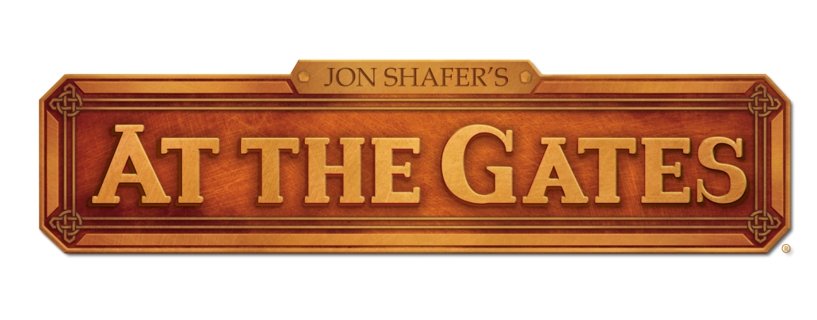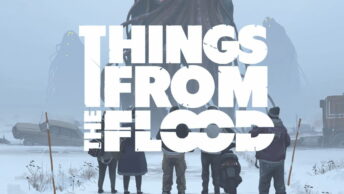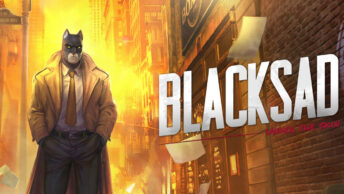Years in the making. Finally, Jon Shafer’s At the Gates creative spin on the 4X genre is released. Are you up for sacking Rome? Read on to find out..
Genre: Strategy
Developer: Conifer Games
Publisher: Conifer Games
Release Date: 23 Jan, 2019


At the Gates is a 4X grand strategy game from Jon Shafer, the designer of Civilization 5.
You are a Dark Age lord. Your destiny is to build a kingdom in the shadow of the crumbling Roman Empire. Explore the dangerous landscape around you, harvest its resources, and build a mighty economic and military machine. Your clans have their own personalities and desires, so carefully consider how you use them.
It won’t be easy. Your path is unsure. Overcome your immensely strong neighbours. Outlast the frigid winters of the far north to discover a source of gold and vast riches.
Are you the leader who will usher in a new era of European history? Or will you be forgotten?
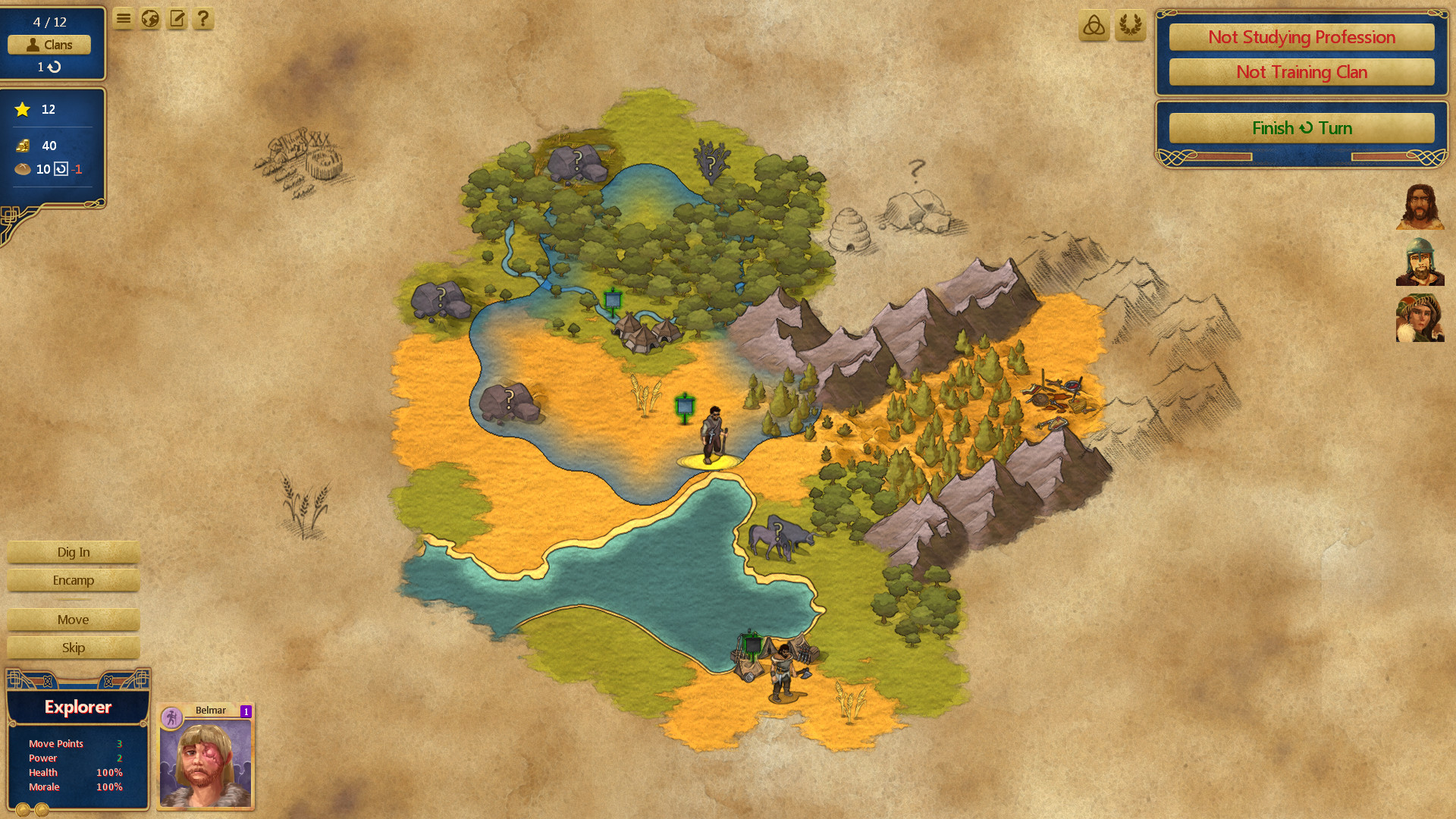
Introduction
ATG(At The Gates) has had a long gestation period. Nearly 7 years in the making, including the Kickstarter campaign way back in 2013. Its been a very storied journey with many ups and downs along the way. Lead designer, Jon Shafer has been extremely transparent with the process and has documented a very frank and open article, in which he doesn’t hide from the toll this project has had on him personally. I applaud his heartfelt passion for strategy games and I feel this shows in spades from the review build I have playtested.
Think of ATG as CIV(Sid Meier’s Civilization) “the early years” or the first 100 turns but with a greater level of citizen management. It spotlights the epoch around the time of the fall of the Roman empire and the events leading up to it. Your end goal is to create a realm that can either send 5 clans to become Roman legions or a direct assault on the two capital cities within the empire. To achieve this task will be no mean feat. Hostile bandits surround you, changing seasons can disrupt your supply lines and food stores. Bickering clans can turn against your command. This is a hardcore 4X game and shows its teeth very early on.
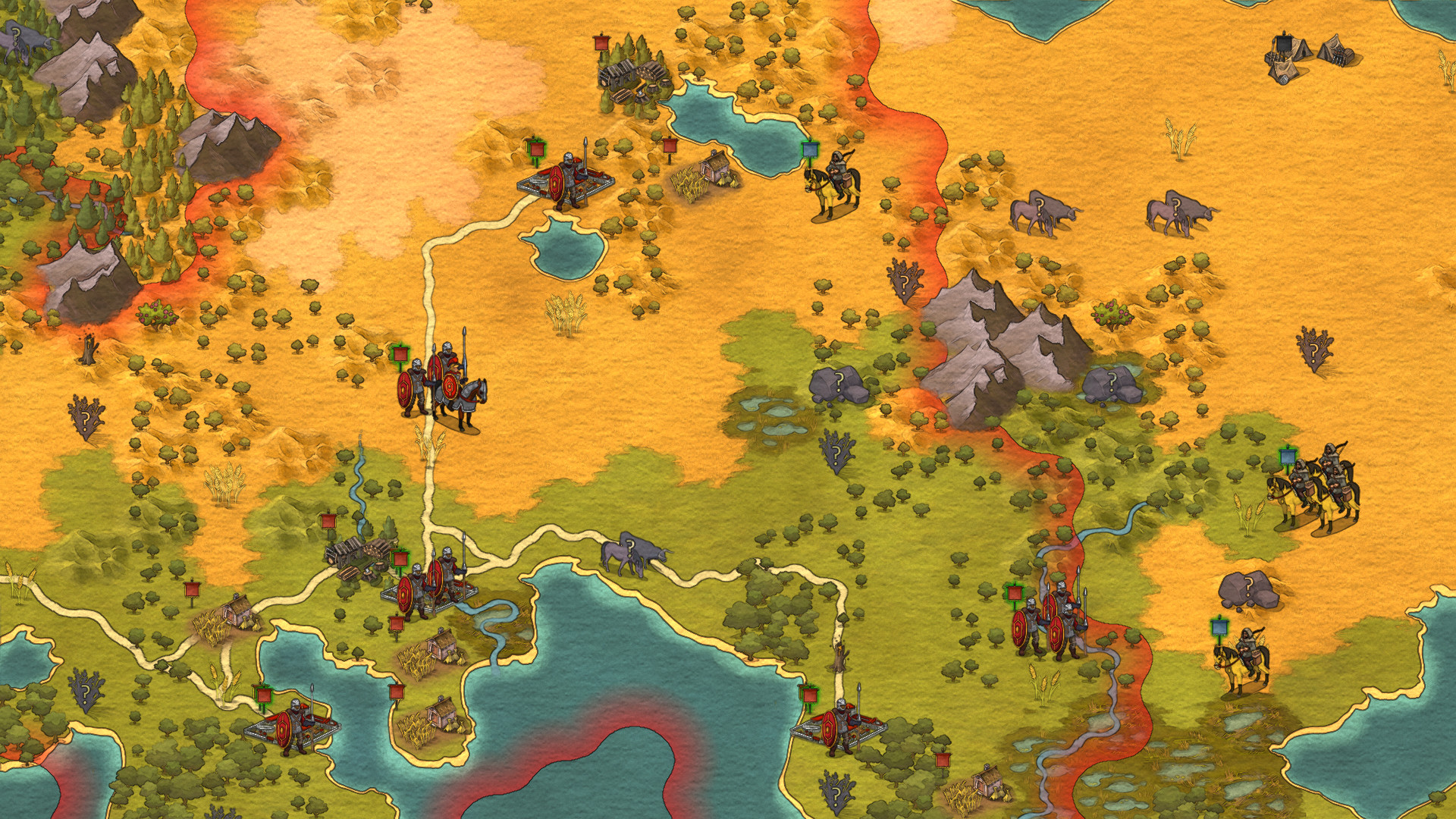
Gameplay
Your first game session starts out with you being the leader of the Goths, the legendary Germanic people. Known for their bravery and fierce fighting prowess. Nine more “tribes” can be unlocked in the game by either making a diplomatic alliance with them or taking their capital by force. All the usual suspects are included, such as the Huns, Slavs, Vandals and Saxons. Along with a few new historical factions, which for my shame, I know nothing about. These comprise of the following; The Lombards, Avars and Alemmani.
You start the game at a random location on the map. Your fledgeling tribe starts with three clans(families). Clans act as single units, these have their own personality quirks and buffs. This is where ATG doubles down on the macro level control of your citizens. You command where they go and what tasks they will undertake on your behalf. By carefully analysing their characteristics you choose the profession best suited to their particular skill set.
This character system is very reminiscent of Rimworld and quite extensive. Even after several play sessions, I’m still encountering new personality traits and combinations. I’ve had loyal lepers, green-thumbed miserabilists, independent hagglers and disfigured ranchers join my raggle-taggle tribe. Keeping the group happy and contented is a game in and of itself. Just like in real life some folks don’t see eye to eye and petty feuding can start. Keeping a leper stationed in your base tent can affect the mood of the whole camp. By sending them out to forage or explore, it keeps the peace and makes them a useful citizen.
If you are lucky, a clan will already have a profession or be proficient in a certain discipline such as crafting, metalwork or discovery. A citizen with the explorer title can be a deal breaker in the early part of the game. Getting detailed information on your surroundings could be the difference between success and failure. Unlike CIV, you only have one town so the positioning of it, close to resources, is paramount. By exploring and later surveying the local area you can access what key tile features to harvest, mine or hunt.
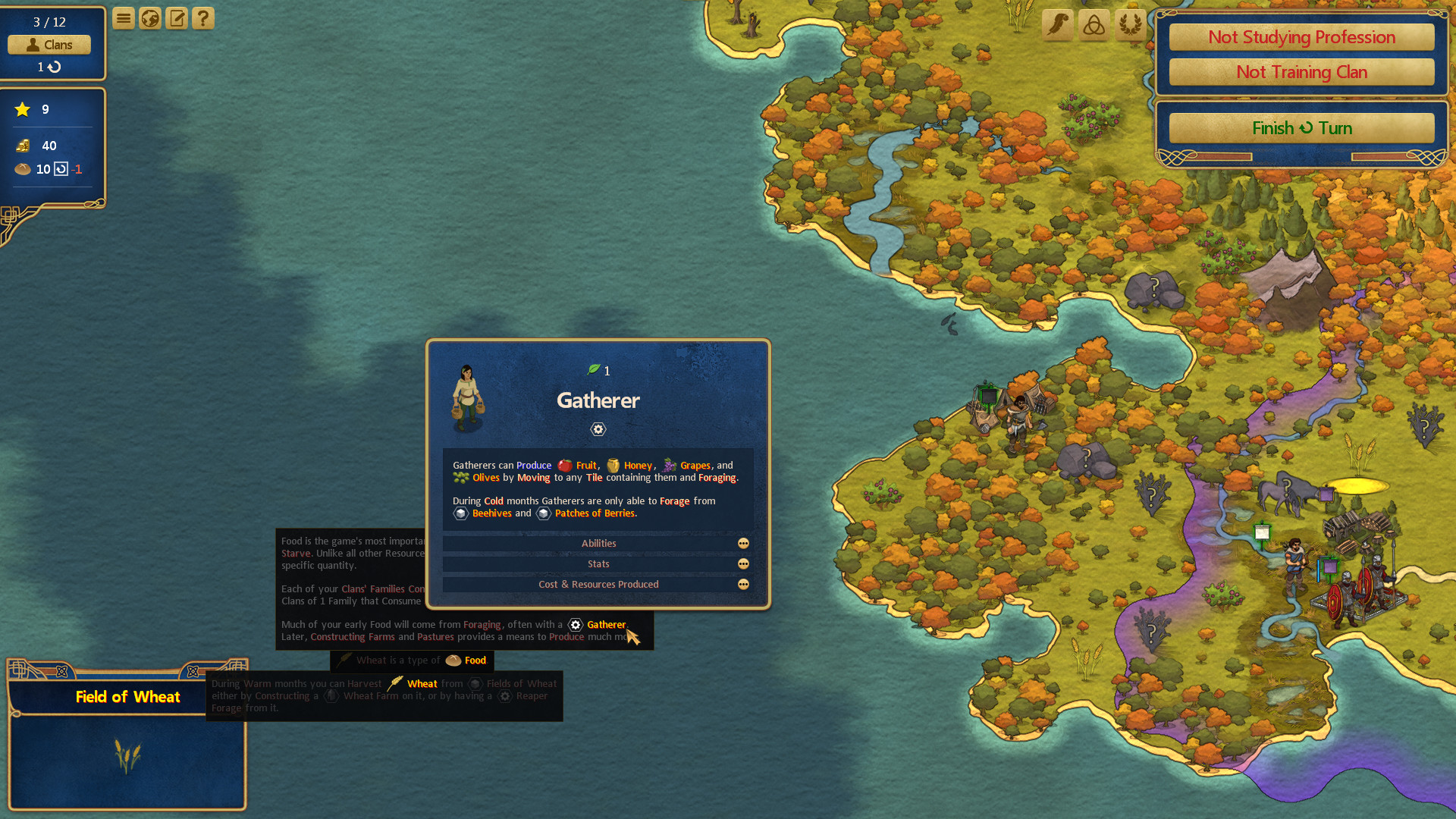
Seasons play a part in how the map can dynamically change over time. A harsh winter can offer movement bonuses, by freezing rivers and lakes, creating new routes and easier access to what might have been impassable terrain. Climate also affects clans with colder conditions making some characters grumpy and disabling the ability to farm crops. A benign winter can extend the harvest and allow stockpiles of vital food supplies, easing the pressure on your growing tribe.
Local weather events such as floods, blizzards, heavy rainstorms and scorched dry spells can dramatically alter the map tiles. During one play session, my coastal town flooded causing all hell to let loose. Clans encamped within my hamlet started feuding amongst themselves, disrupting my embryonic winemaking industry. This had a knock-on effect with my finances, hindering my ability to buy tools and other items from the visiting caravans.
All these random variables mean that no two game sessions are the same. This adds to the already challenging gameplay, in terms of making every decision a matter life or death.
The diplomacy options in the current build are a little light. On encountering a new tribe for the first time, you can either agree to their opening wishes by appeasing them with gold or food or not. This gives you leverage with them. Once this score reaches 5 you can form an alliance with them. From that point on there doesn’t appear to be much in the way of dialogue with them. Perhaps I’m used to the CIV system whereby you could negotiate all manner of trade deals, open borders and military pacts. An update to the current options is promised in a development roadmap post-release. I hope it at least makes a few vital additions to what is right now a bit of weak point of the game.
At the time of writing, I’ve put a lot of hours into my review sessions but I feel I’ve barely scratched the surface of what the game offers. I’ve so far managed to unlock a couple of the other tribes by showering their leaders with gifts. Each tribe has different startup buffs. The default Goths begin with 15 food and 100 gold which certainly gives you some leeway in terms of stock whilst you survey your new surrounding before the chill sets in. The Huns are a nomadic race so they can not own any structures but start with a powerful horse archer and can train other citizens in this profession straight away. The Picts start with a massive 8 clans, 5 more than the usual setup. This could be a more of a curse than a blessing if you kick off your reign in a barren landscape devoid of any food resource tiles.
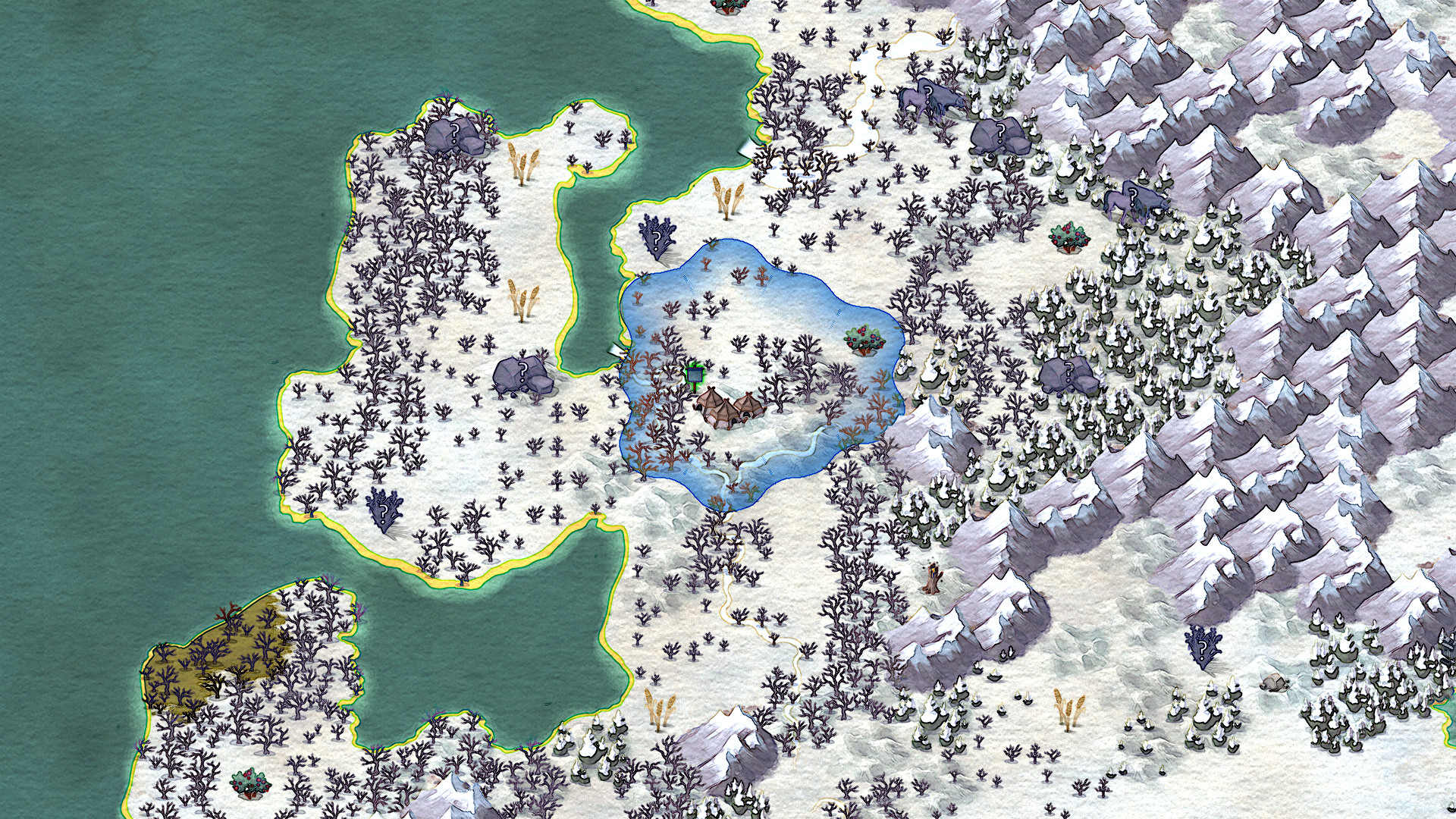
Graphics
ATG has a lovely water coloured painting aesthetic. This envelopes not only the actual game but also the accompanying graphic user interface. I feel this suits the strategy genre and CIV type games in particular. It adds a classic unfussy sheen to the presentation. Whilst playing the title I was getting echoes of Civilization 3, which shares a similar look. This is not a bad thing, as I feel that was when CIV was reaching its design chops and becoming the legendary series we all know and love.
A quote from twitter spotlights the decision behind the style both from a design point and a manpower development requirement.
“We decided on a painted art style for At the Gates very early in the project, as it’s an approach both suggestive of its historical subject matter and a bit unique compared with other strategy titles. When your game is 2D you really have to lean on style over fidelity.”
The artistic style also bleeds into the game systems. On revealing your starting location, the immediate tiles are painted in but distant objects appear as pencil outlines on the parchment paper map. As you explore, your neighbourhood tiles are coloured in. This is a nice alternative to the de facto fog of war system previous games have implemented.
The legacy of the extended development timespan is also evident in the engine used in the project. Another twitter quote explains.
“The core engine for AtG is named “ElfTools” and was built on XNA by Jon Christ back in 2011-2012. It has a lot of work to do, too, as the game uses several shaders and render target switches to achieve its watercolour look. So why ElfTools? Because Jon likes elves. Yep, that’s it!”
Sound
Geoff Knorr has been drafted in for the title theme. Given Jon’s work at Firaxis, Geoff is the obvious goto chap for high quality orchestrated pieces that fit the genre so perfectly. His work on the previous 2 mainline Civilisation games and the Beyond Earth spin-off are top draw. In my opinion, he’s right up there with the likes of Jeremy Soule, Inon Zur and Mick Gordon. The main theme is fantastic. Caleb Vaughn-Jones cello solo gives the tune a superb melancholy vibe. This is backed with a rousing orchestral bed which swells to a classic crescendo.
Oddly the main tune isn’t backed up with any more long pieces during gameplay. A quote from developer replying to a steam forum post explains the rationale behind this decision.
“Yes, there’s one title theme for the game but no looping background music. Instead, the game has ambient seasonal SFX to emphasize the importance of the seasons, and then small bits of music that play after important events. I wanted to go with a more cinematic approach, and not just have music that everyone will turn off after an hour anyway.”
This is an interesting audio design choice. For me, it doesn’t work. I find all my favourite strategy games are embellished with great themes, from Sim City, Colonization and even Alpha Centauri. Ok, the ambient season sound FX such as birds tweeting in the spring is a nice touch, but the overall minute to minute sonic landscape seems strangely barren as you contemplate your next move.
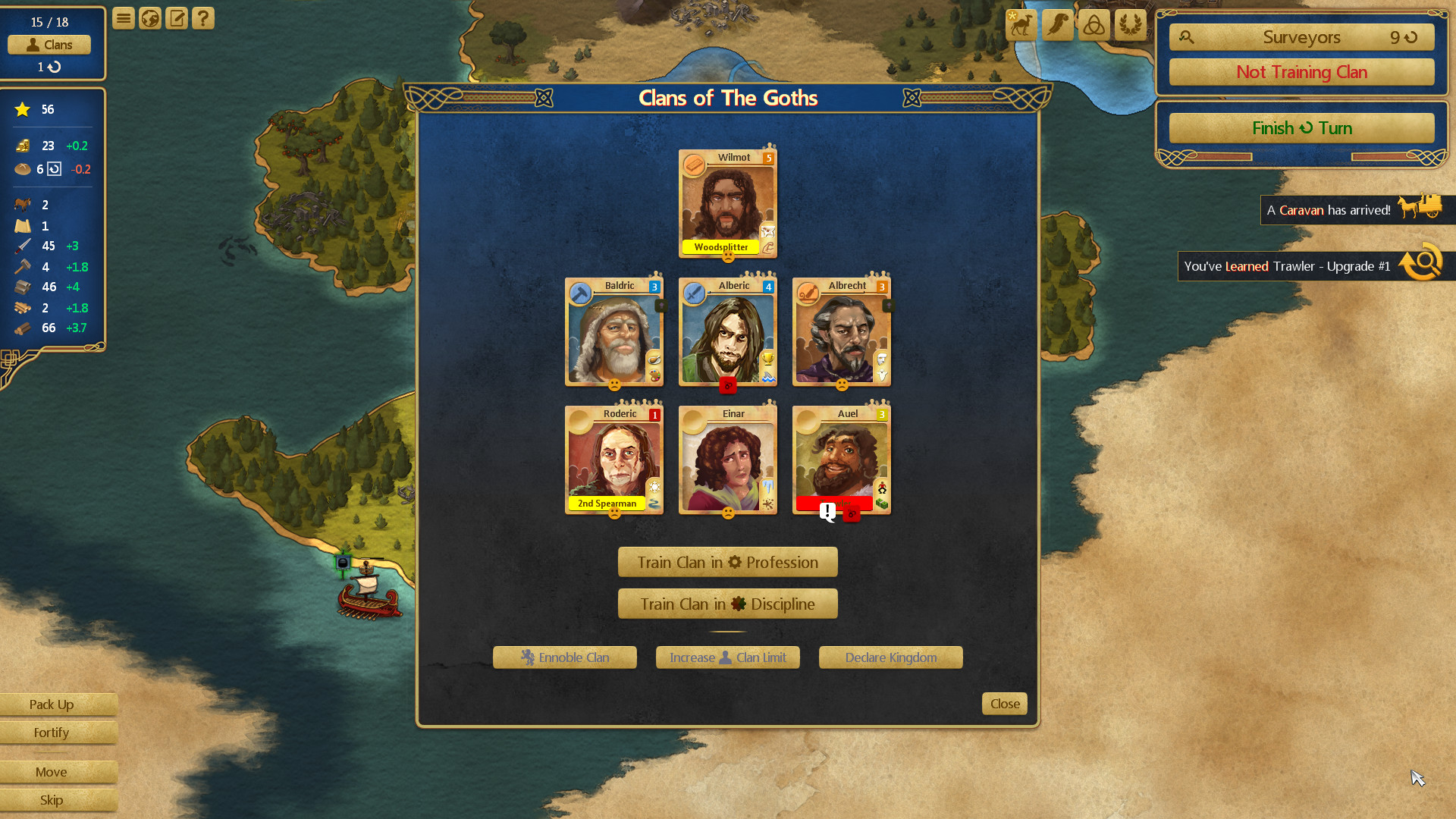
Quality of life features
The ATG save system is exemplary. Given that every decision is critical and one wrong move could bork an entire campaign, it is reassuring that the game saves every turn as a separate instance. You can also manually save at any time. The actual game save folder is easy to navigate to with the windows version, It’s not buried in a hidden app data folder like some indie titles. There’s also a couple of file management buttons to delete old saves(one week) or delete all but the last 50 saves. These are great features and take the hassle out of managing your valuable data. I wish more games would handle saves in such an efficient and competent manner.
There are tooltips galore for every menu and tile detail. So the game is not without documentation, far from it. Whether it’s in an easily digestible manner is down to the individual. The game is crying out for a robust turn by turn tutorial mode, which could slowly walk through the player through the early stages of the game. Spotlighting clan management, skills trees and how to survive the first winter.

Conclusion
I’ll temper my opinion on the game by the fact that I’ve not got to the end game yet. I’d guestimate I’m about a quarter into the campaign. I have a solid foothold in the territory I call home but I’m a long way off the winning requirements, which involve creating 5 legions. These take 24 turns each to train and hell of a lot of top tier items (steel weapons and armour). To give that 24 number some context, I checked my current game save turn count and it reads 134. Obviously, there is a massive amount of content I’ve yet to unlock and discover. So I’d sooner call this “review” more a “playtest” than any definitive article. It would be foolish and insulting to the dev to call it anything else.
ATG is a deep and engrossing strategy game. It goes way beyond the vanilla CIV series in terms of turn by turn decision making. By focusing on a particular part of history and expanding the skill tree of your citizens exponentially, every move is critical. In Sid Meier’s games, you could get away with a few wrong moves due to the vast timeframe in which those titles cover. This is not the case with ATG. It’s an extremely slow burn game. I have made many mistakes in my numerous play sessions. But on every occasion, I have learnt a new mechanic or gameplay system. Due to the sheer amount of “moving parts,” newbies and even hardcore strategists will find the opening few games daunting and intimidating.
I’m enjoying my time with the game and would heartily recommend it to any curious CIV fanatic looking for a different spin on the 4X genre. If you are in the mood for a more social management style offering then At the Gates might just be your goblet of Chianti.

